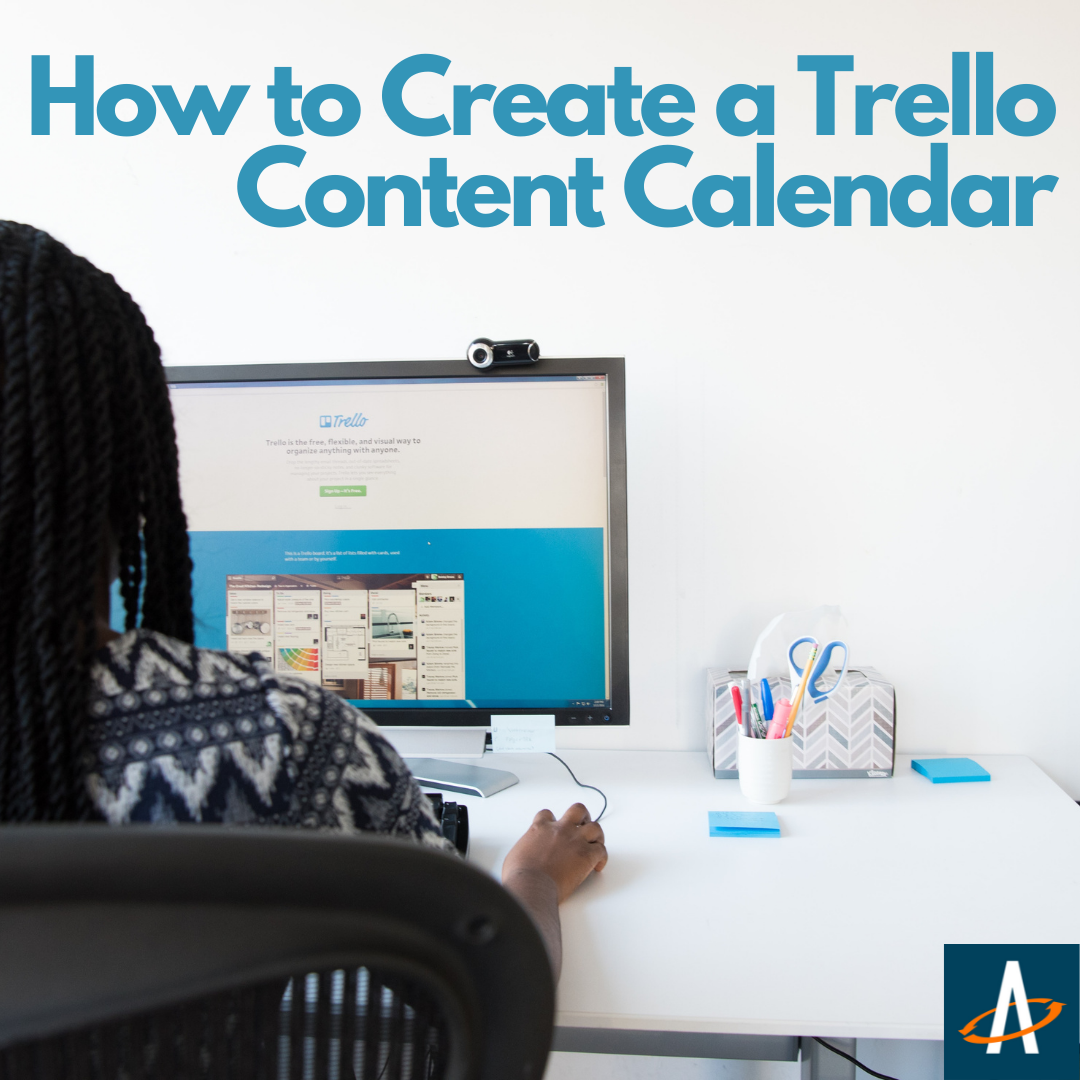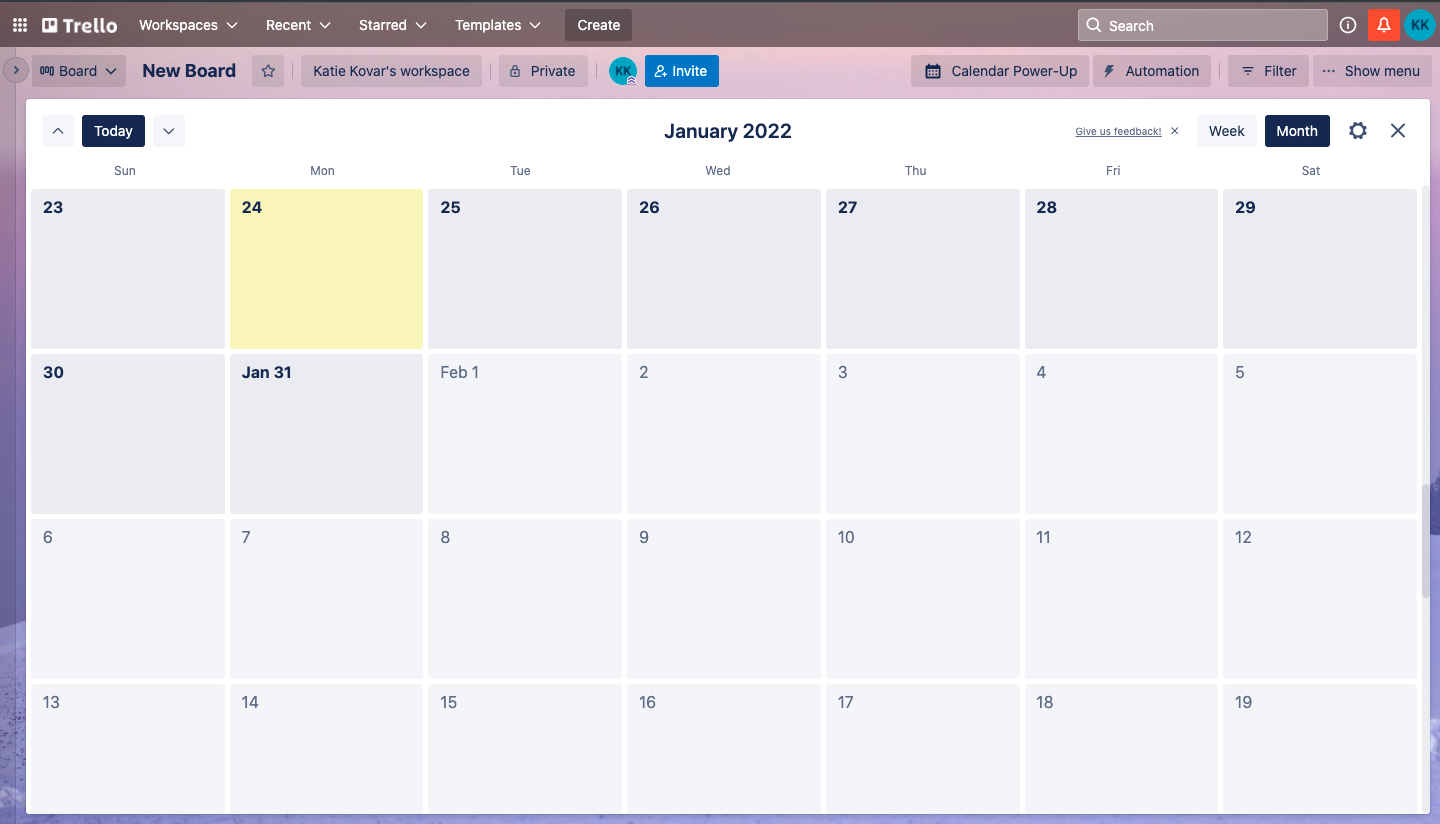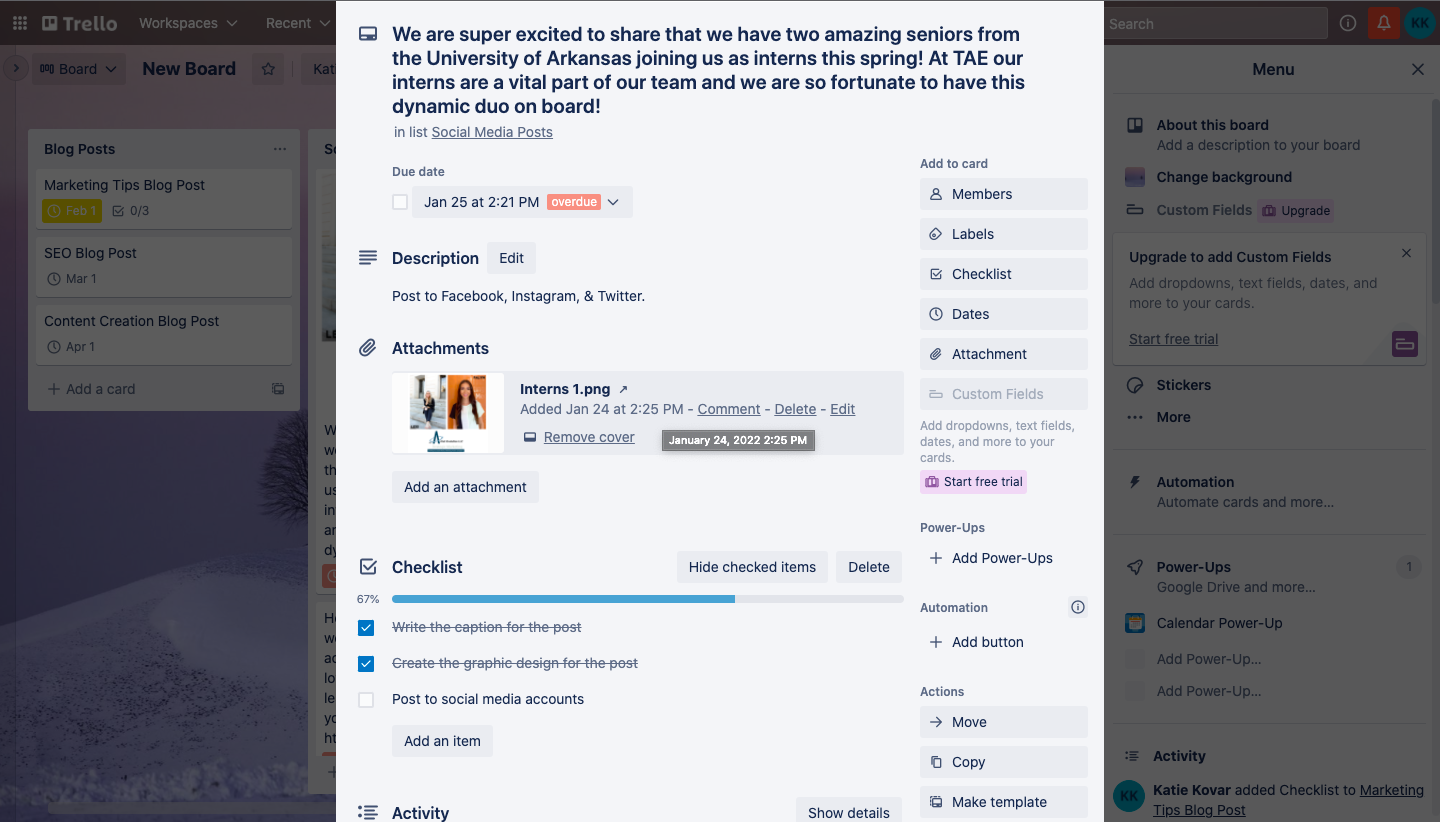Alternatives to Facebook Advertising
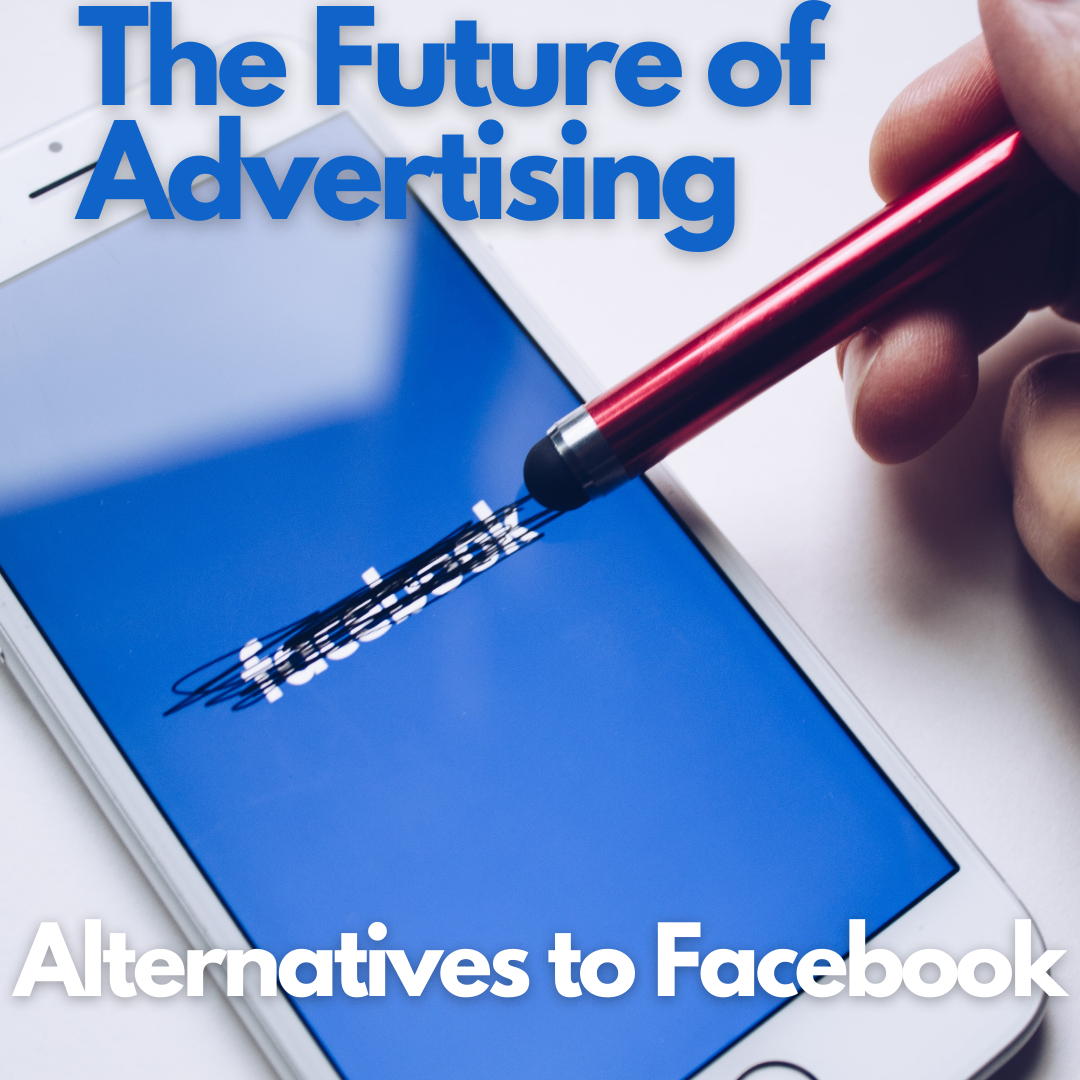
Contributed by Bryce Ward
In 2021, a woman named Frances Haugen sent shockwaves through the world. Two years prior, Frances became a product manager in Facebook’s civic integrity department because of her interest in addressing misinformation issues on social media. While working at Facebook, she encountered a number of concerning public health matters. She also discovered that Facebook had been misleading stakeholders and the public at large about important audience metrics.
After working at Facebook for two years, Haugen decided she had seen enough and that the public deserved to know about Facebook’s potentially harmful and undoubtedly misleading initiatives. She became a now-prominent whistleblower by leaking thousands of internal Facebook documents, including research reports, employee discussions, and senior-level presentations.
Out of this leak came two important revelations:
- Facebook has been prioritizing profit over the health of its users.
- Facebook has been gradually losing touch with the younger generation for years, despite them saying otherwise.
To make matters worse, the younger generation isn’t the only group Facebook is losing touch with. Businesses across the world have reported numerous issues with Facebook’s advertising services in the midst of this internal leak.
Marketers are being locked out of their Facebook Business accounts for unjustifiable reasons, ads are being flagged with no explanation, and customer service has become practically non-existent for the individuals who help keep Facebook in business.
The Future of Advertising: Alternatives to Facebook/Meta
While it remains unseen how this leak will impact Facebook/Meta going forward, it has rightfully led many businesses to reconsider their relationship with the social media giant. Although some companies (such as Lush Cosmetics) have taken the extreme response of removing themselves from social media entirely, most companies don’t have this luxury and depend on platforms like Facebook for connecting with audiences and promoting their products and services.
In reality, leaving Facebook is not a feasible option for most small businesses. Despite Facebook’s misleading audience metrics, concerning marketing strategies, and abysmal customer support, millions of users and advertisers still choose to use the platform every day—and Facebook/Meta will likely seek to address the above concerns going forward to restore their brand image. That being said, the situation we find ourselves in has provided businesses with a valuable opportunity to rethink how they are connecting with consumers.
While Facebook has been, and still is, the most comprehensive and sophisticated advertising channel for businesses, it is never wise to place all of your marketing eggs in one basket—especially the Facebook basket in light of the aforementioned problems which may or may not be resolved.
Whether you choose to detach your business from Facebook entirely or are simply looking for ways to diversify your marketing outside of Facebook, you should consider the advertising alternatives below. Unlike Facebook they have clear, reliable marketing value right now and well into the future.
Alternative #1: TikTok

When TikTok first came onto the scene in 2016, people were unsure if it would gain traction outside of China. But that doubt has since been put to rest. TikTok now has over 200 million downloads in the United States alone and over 1 billion active users worldwide (Facebook, for comparison, has roughly 2.9 billion active users globally).
TikTok’s popularity is staggering considering how young the social media platform is, and marketers everywhere have taken note.
While Facebook has seen a 13 percent decline in teenage use since 2019 (and expects to see a 45 percent drop over the next two years), TikTok has the opposite problem. In the United States, 47.4% of TikTok users are aged 10 through 29. However, it is having no issue attracting older audiences either. 42% of TikTok users are aged 30-49, and the app’s popularity has only grown among older audiences.
Given that younger generations today are the target audiences of tomorrow—and the fact that Facebook is struggling to reach this audience—businesses can no longer ignore the importance of advertising on TikTok.
With businesses flocking to TikTok, you would think advertising costs would be high. And you’d be right. TikTok ads start at $10 per CPM (cost per 1,000 views) and require a minimum campaign budget of $500. However, it’s not all doom and gloom for small businesses.
The real value of marketing on TikTok comes not in their ads but their organic discovery. Unlike the algorithms of most social media platforms, TikTok makes it possible for a user’s video to gain visibility (even to the point of going viral) without a large following. Contrast this to Facebook where organic growth has become practically impossible for businesses and TikTok’s value becomes apparent.
Organically marketing your business on TikTok requires creativity and a constant eye for current trends, but when done right it can give you the opportunity to meaningfully connect with your target audiences in a way that leads to greater brand visibility and sales.
Alternative #2: YouTube

While short videos have surged in popularity of late due to TikTok, long-form videos aren’t going anywhere thanks to the second largest search engine in the world: YouTube.
Over 2 billion people use YouTube every month, not far off from the 2.9 billion users on Facebook. If you are looking for ways to supplement or replace your Facebook advertising, YouTube deserves serious consideration.
The average cost of YouTube advertising is ten to thirty cents per view or engagement, making it an affordable way for businesses to reach their target customers. But even more important than its affordability is its effectiveness.
- Consumers are four times more likely to use YouTube for finding information about a brand, product, or service compared to other platforms
- 70% of users say that YouTube makes them more aware of new brands
- Users say they are twice as likely to buy something they saw on YouTube compared to other channels
- And perhaps most strikingly, mobile ads on YouTube are 84% more likely to hold a viewer’s attention than TV commercials
A large part of YouTube advertising’s effectiveness comes from its advanced search algorithm that connects users with content they are interested in. When done well, YouTube advertising allows businesses to place their brand in front of consumers who are most likely to respond favorably to their ads, resulting in great ROI.
Facebook, for comparison, is losing the younger generation in large part due to its struggle to connect users with content they care about. In response, Facebook has implemented a number of new youth-centered initiatives aimed at resolving this issue, most notably their college campus and dating features and their company-wide transition into the video-game-like “metaverse.”
These initiatives may prove to be successful in the long-term, but in the short-term YouTube has proven to be a great advertising tool that appeals to demographics of all ages. Over 77% of 15- to 35-year-old American internet users—and over 67% of American internet users aged 56 and older—watch videos on YouTube.
Much like TikTok, you don’t have to limit yourself to paid advertising, either. While organic growth is not as easy for small businesses on YouTube as it is on TikTok, it is still possible and worthy of your effort, because what YouTube lacks in its organic reach it makes up for in its SEO value.
It should come as no surprise that posting quality video content on YouTube benefits your company’s SEO ranking considering that YouTube is owned by, and seamlessly integrated with, the largest search engine in the world: Google.
Alternative #3: Paid Search Advertising

One of the biggest challenges in marketing is finding and connecting with your target audience. Social media platforms have developed advanced search algorithms that aim to predict target audiences, but they’re not perfect.
One of the important revelations from Frances Haugen’s Facebook leak showed that fake accounts are posing a serious problem for businesses. Facebook advertising costs depend on the number of users reached, and due to the high number of fake accounts on Facebook this is resulting in businesses wasting money on people who don’t exist—people who are supposed to be their target audience.
While Facebook should have been more transparent to advertisers about the extent of this problem, they are not the only social media platform struggling with bot accounts. Fake accounts aren’t just a Facebook problem but a social media problem in general. Thankfully, there is a way for businesses to be almost 100% certain that their advertising dollars are going toward their real target audience, and that way is paid search advertising.
Paid search is an advertising technique in which businesses target specific keywords in specific geographic regions to have their website or landing page show up at or near the top of internet searches. When done right, paid search ads can put your business in front of the exact target audience you’re after, and they can even put you in front of your competitors who are seeking that very same audience.
When most people think of paid search, they think of Google—and for good reason. Google has long dominated the search engine market share in near monopoly fashion. As of June 2021, Google was responsible for 92.47% of all internet searches. However, Google’s biggest competitor Microsoft is putting up a good fight.
In just three months, Microsoft’s search engine Bing took away 6% of Google’s market share, lowering it to 86.64% in September 2021. While Google Ads still give businesses the greatest reach—and will continue to do so for the foreseeable future—Microsoft’s determination to steal some of Google’s market share (combined with its lower advertising costs) make Bing a valuable piece of paid search advertising.
Bing’s 6.79% market share may seem trivial compared to Google’s 86.4%, but keep in mind this percentage equates to roughly 681 million unique monthly searches—and that’s without the help of a YouTube equivalent search engine, which significantly contributes to Google’s total market share.
In reality, a significant number of Americans are using Bing to search online, and many businesses are missing out on these searchers by only advertising on Google. Ideally, a business’s paid search campaign should encompass both Google and Bing, and potentially even other, smaller search engines such as Yahoo! to reach the greatest number of consumers.
Just as it is important not to put all of your marketing eggs into the Facebook basket, it is wise to place a paid-search egg (or two) into search engines outside of Google.
Whether you choose to stick solely with Google or incorporate other search engines into your paid search strategy, one thing is certain: internet searches aren’t going anywhere. While social media platforms come and go, search engines are a stable means of advertising that businesses can always rely on for years to come.
Honorable Mentions
TikTok, YouTube, and paid search are just three of the most promising advertising alternatives to Facebook, but they aren’t the only ones. Here are five other great choices for promoting your business in 2022 and beyond.
Snapchat

If reaching younger audiences is your goal, TikTok isn’t your only viable option. Snapchat has withstood the test of time as a popular social media app for younger generations. The platform has evolved into an effective advertising medium for businesses of all sizes but be mindful that its niche user base is not the best fit for every business.
Before advertising on Snapchat, make sure your product and target audience align with Snapchat’s user base.
Podcasts

If you’re trying to tap into the benefits of long-form content, the next best thing to YouTube is podcasts. Podcast listening has steadily grown over the years and every projection has it continuing to climb. Many businesses are capitalizing on podcast advertising by placing their ads within shows that their target audiences care most about.
However, beware of podcast advertising’s biggest flaw: the fast-forward button. Listeners can easily skip 15 to 30 seconds ahead during a podcast ad (as opposed to YouTube where viewers must wait for the ad or ad countdown to end), so it’s important to have the host creatively incorporate your ads into their show to get the most value out of your ad spend.
Clubhouse
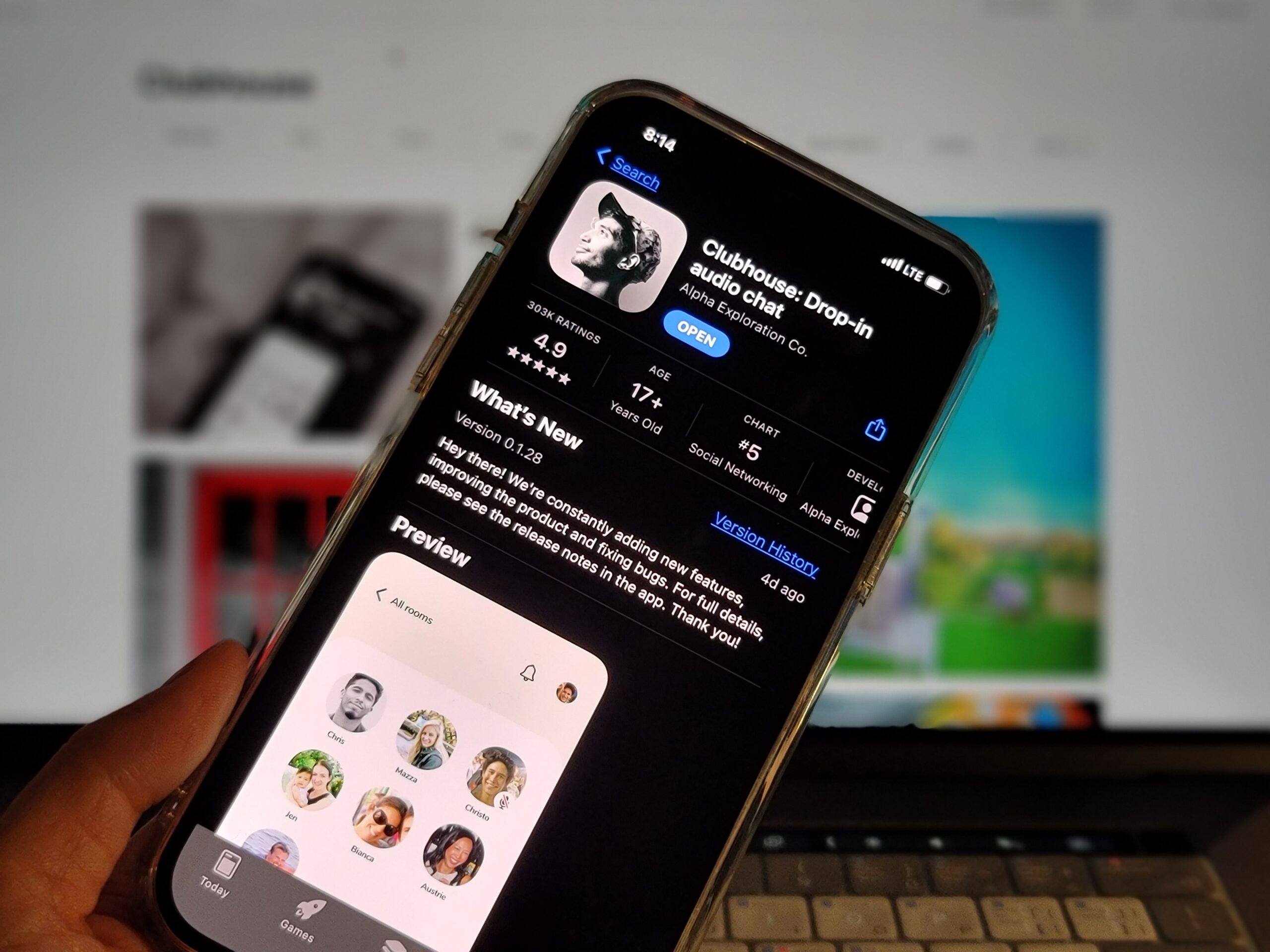
Clubhouse, founded in March 2020, is the latest social media platform to rise to the top of public interest. If you aren’t familiar with Clubhouse, think of it as a podcast platform with a social media spin. Users join audio-only chat rooms to listen to (and sometimes contribute to) hosted conversations about a wide variety of topics.
In its infancy, Clubhouse was invite-only, but as of July 21, 2021, anyone can now join. With over 10 million active users and a promising future, Clubhouse has earned the attention of marketers. However, as of now, Clubhouse does not offer in-app advertising. If you want to market yourself or your business on the new audio social app, you will have to be creative.
Similar to podcasts, you can bypass traditional advertising on Clubhouse through thought leadership and sponsorships. For example, our marketing agency could host a room titled, “Advertising Alternatives to Facebook/Meta, presented by The Artist Evolution” in hopes of expanding our brand recognition and industry network.
The upside to marketing on Clubhouse is that it is low-risk and high-reward (as of now, at least). You don’t have to allocate much, if any, of your advertising budget toward Clubhouse, but you do have to allocate your time and energy. Thankfully, the podcast model has already proven itself viable, and Clubhouse is essentially an enhanced form of it, so devoting time toward this new social media app will likely pay off for marketers.
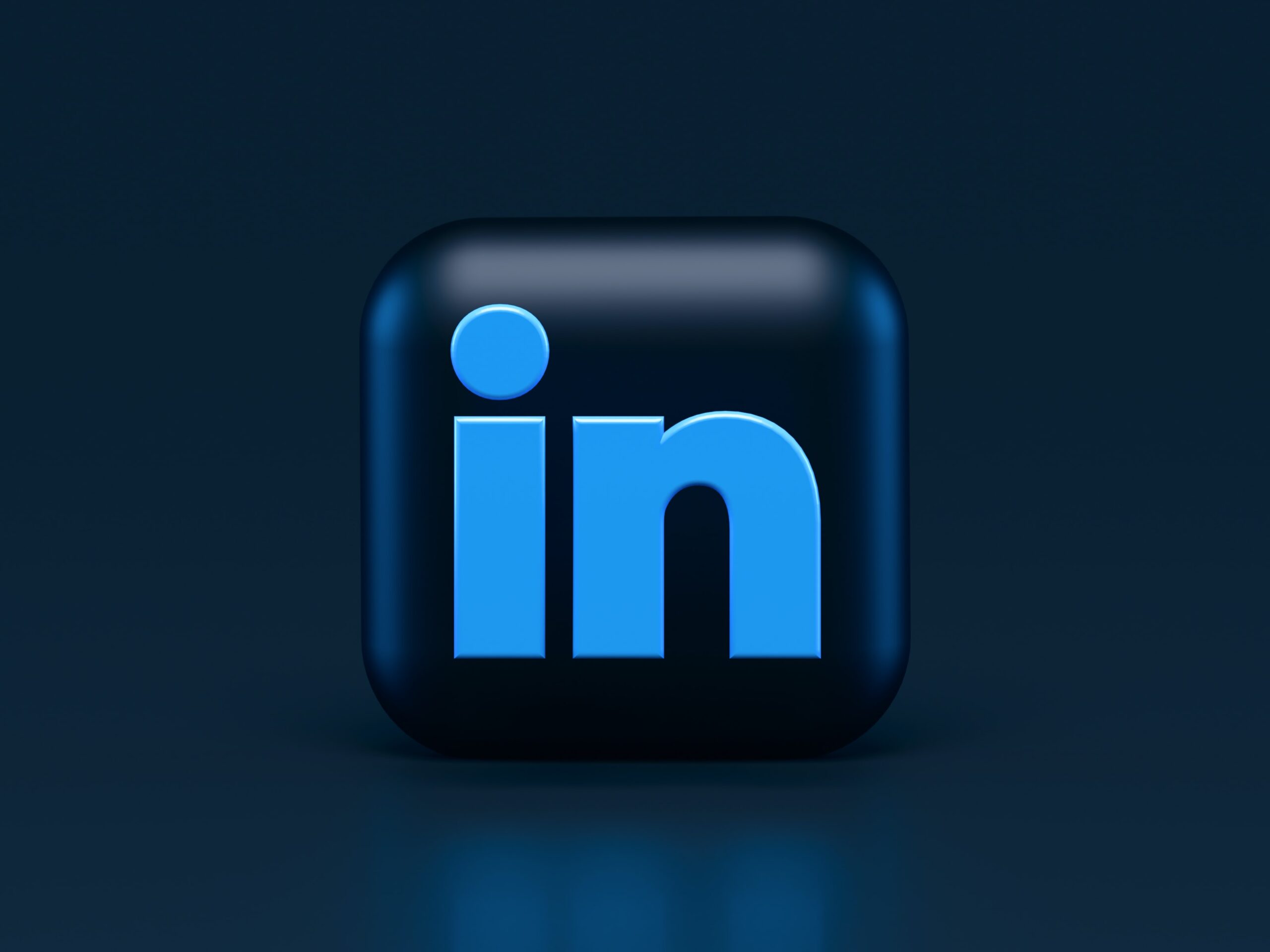
If your business is B2B, LinkedIn could be a great addition to your advertising strategy. The platform for professionals has traditional ad placements, but they are relatively expensive compared to other social media platforms. Instead, the real value of LinkedIn advertising lies in outreach and content.
LinkedIn makes it easy to target and connect with professionals outside your existing network, so it is an invaluable tool for finding potential clients and partners. Our own marketing agency has had consistent success using LinkedIn in this manner. However, when reaching out to business professionals you don’t know, make sure to be intentional with your messaging and respectful of their time.
Due to LinkedIn’s growing popularity, users are frequently bombarded with irrelevant and often spammy messages. To get the most success out of your LinkedIn outreach, avoid leading with sales pitches and instead focus on building rapport that paves the way for sales and partnerships later down the line.
Posting organic content is another great (and free) way to market your business on LinkedIn; however, keep in mind that company content does not perform as well as user content (partly due to LinkedIn’s feed algorithms, and partly due to human nature). To get the most out of your LinkedIn content, post from both your company profile and your individual profile and encourage your coworkers to do the same. LinkedIn users love inspirational stories and insightful thought leadership, both of which can act as valuable marketing funnels for your business.
Traditional Advertising

We know what you’re thinking, but no, that wasn’t a typo. Traditional advertising mediums such as direct mail, billboards, commercials, and others are far from obsolete. In fact, as more and more businesses migrate their advertising dollars toward newer, digital mediums, traditional advertising has become 1) less crowded, 2) less expensive, and 3) more effective.
Take direct mail for example. Direct mail advertising has been slowly declining for some years, yet it is still a powerful tool for businesses, especially when combined with a multichannel marketing campaign. For example, 42% of direct mail recipients either read or scan their mail, compared to the 17% average open rate for eblasts.
Direct mail and other traditional advertising mediums aren’t becoming less popular because they’ve suddenly become ineffective; they’re becoming less popular because newer, digital mediums are more convenient and cost-effective. But cost-effective, as we all know, is not always the most effective.
Advertising Alternatives to Facebook/Meta: Summary
Facebook has long dominated the social media advertising landscape, but the future of advertising tells a different story. TikTok, Youtube, and paid search have provided businesses with viable alternatives to Facebook advertising (without the numerous issues outlined in the beginning of this article). In addition, Snapchat, podcasts, Clubhouse, LinkedIn, and traditional advertising—though perhaps not stand-alone alternatives—are other promising advertising mediums you can use to diversify and strengthen your marketing campaigns.
Frances Haugen opened the floodgates in the social media and advertising market with her internal leak, and even Facebook/Meta cannot calm the waters. Advertising as we know it is evolving, and we can’t wait to help businesses evolve with it.
Does your business need help advertising its products or services? Contact our team at The Artist Evolution for a free consultation.


